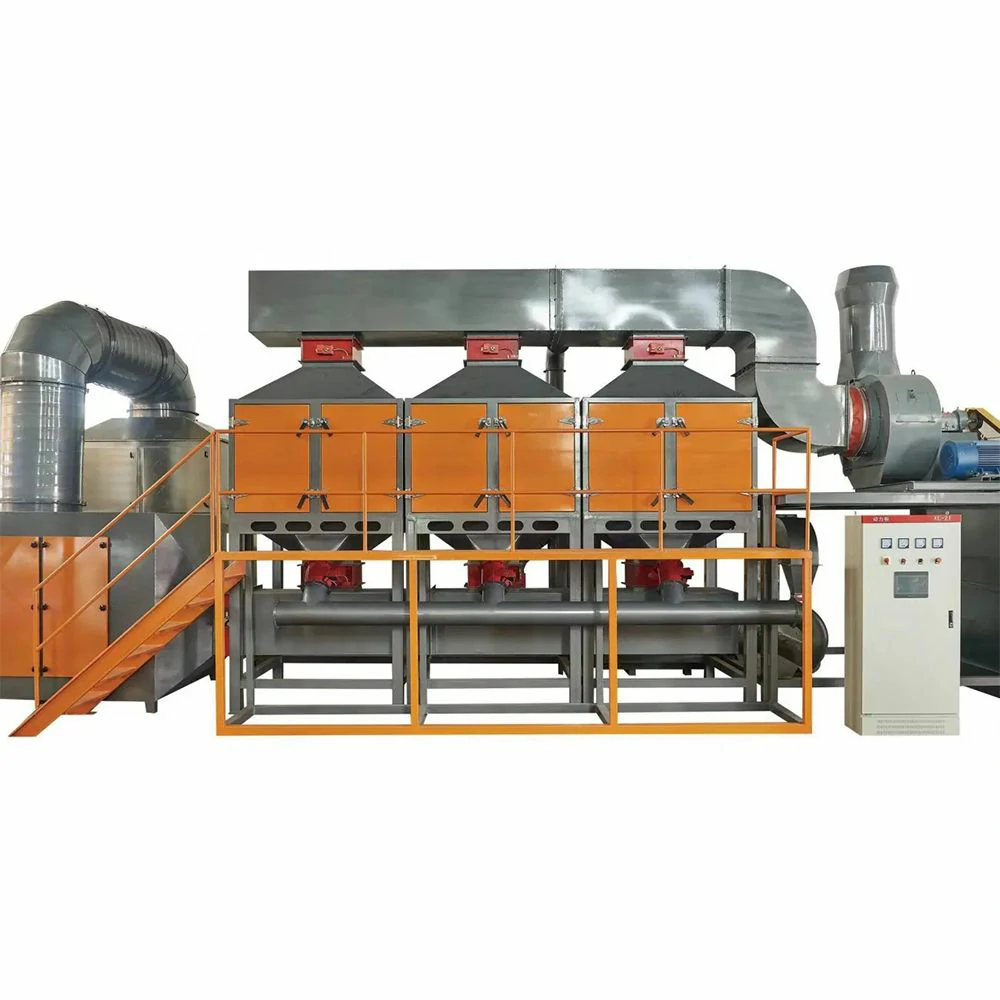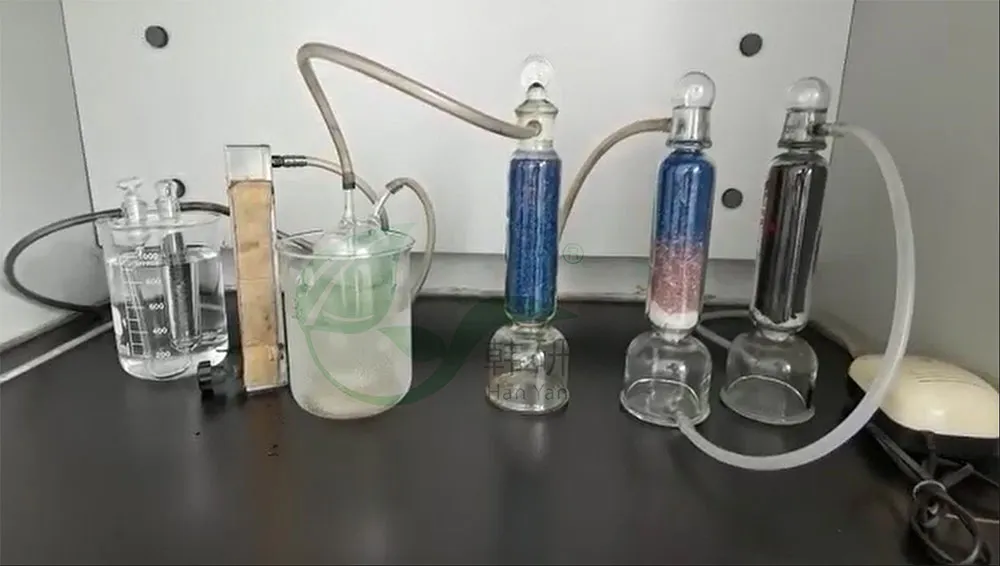Why Two-stage VOCs Treatment is Essential for Effective Pollution Control

This article explores the critical need for two-stage or combined treatment processes for volatile organic compounds (VOCs), demonstrating the limitations of single-stage treatments. It highlights the numerous advantages and practical applications of dual-stage activated carbon adsorption as a highly effective two-stage treatment solution.
Why 5 Single VOC Treatment Methods Limited: The Power of Integrated Solutions

This article discusses 5 commonly used but inefficient VOCs treatment technologies: photooxidation, photocatalysis, low-temperature plasma, single-use activated carbon adsorption, and spray absorption. Understand their limitations and discover why combining multiple methods is the key to achieving stable and efficient VOC removal.
Beyond Iodine Value: Optimizing Activated Carbon Specification for VOC Adsorption

Table of Contents Introduction Activated carbon is a versatile adsorbent widely employed in environmental applications, particularly for capturing volatile organic compounds (VOCs). While iodine value is a commonly used metric to assess activated carbon’s performance, it’s essential to consider other factors to ensure optimal adsorption efficiency. This article explores the key metrics influencing activated carbon’s […]
Understanding the Carbon Tetrachloride Index (CTC) for Honeycomb Activated Carbon

Honeycomb activated carbon, a versatile material used in various industries such as air purification and gas treatment, is renowned for its exceptional adsorption capabilities. A key performance parameter for honeycomb activated carbon is the carbon tetrachloride index (CTC). This article explores the CTC index, its significance, and the measurement process, offering valuable insights for industrial […]
Taming Petrochemical Waste Gas: The Power of Activated Carbon

This article delves into the power of activated carbon for treating these emissions, exploring its properties, system design considerations, and the path to achieving compliance.
Activated Carbon Adsorption for Aluminum Refinery Exhaust Treatment

Activated carbon adsorption is highly effective in gas treatment, making it a promising technology for reducing emissions from aluminum refineries.